Memories of Naples, pt.2: Basilica of San Paolo Maggiore [Eng-Ita]
ENG
Today I'd love to continue sharing my experience of Naples, that I last visited in October 2022. If you missed my first post about it, here is the first part of this story.
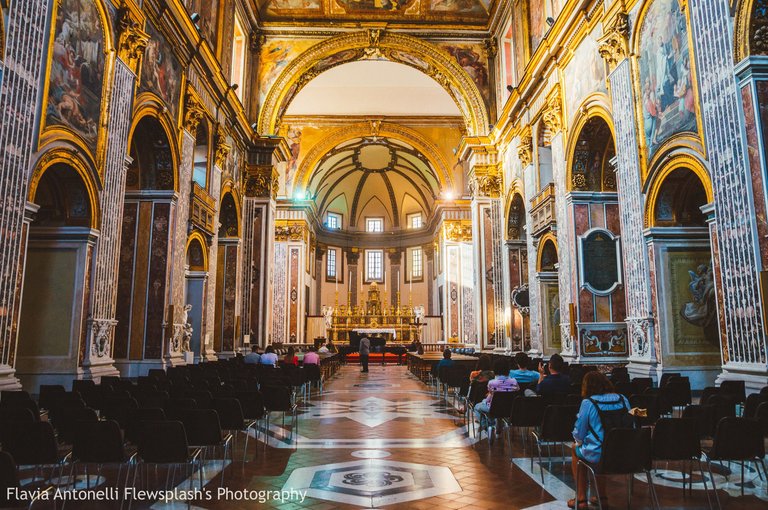
Different from any expectations, I mostly spent time in churches... I know, it sounds weird, especially if you think about the fact that I am Roman and Rome is the richest city in terms of churches, with almost a thousand!. However, as an art history lover, I love to visit churches and, in general, religious temples and museums everywhere I go.
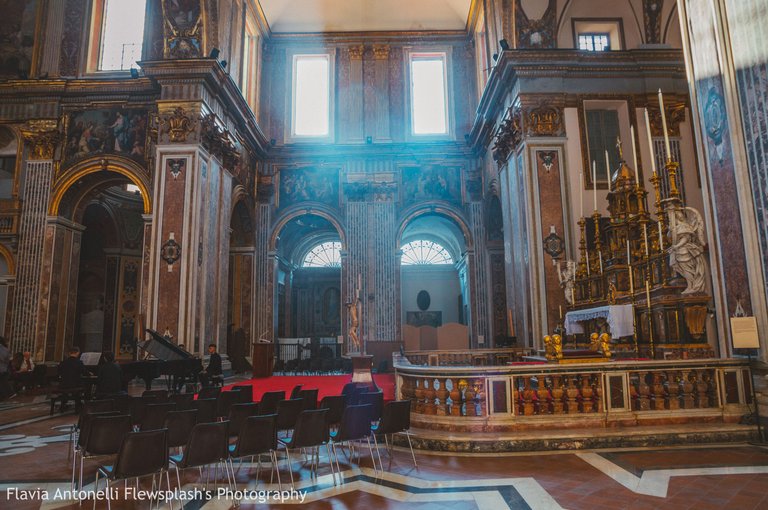
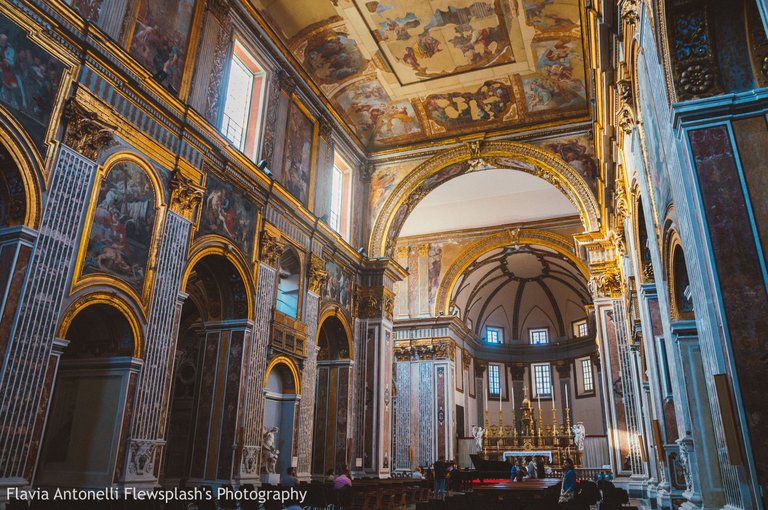
You should know that Naples have around 450 churches acknowledged as UNESCO patrimony, but there many others who are considered to be minor. In the city center it's impossible not to enter in a church every here and there because they are literally in every corner! Big, small, amazing, and unexpected, there are of any kind!
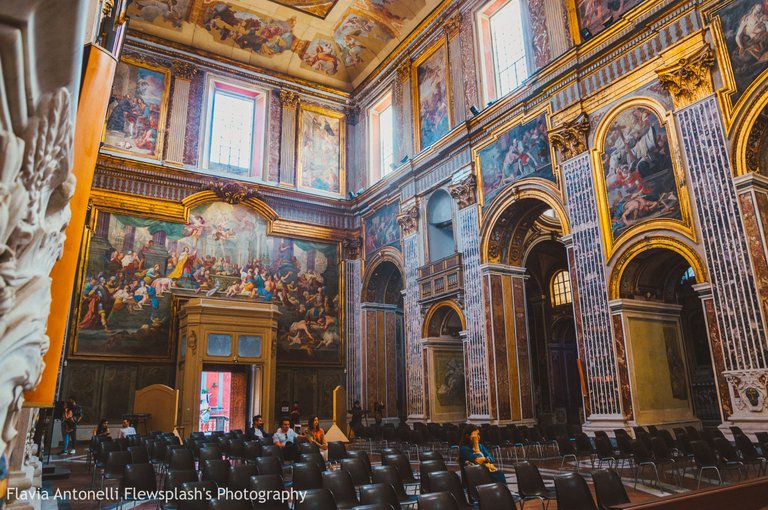

Today I am sharing with the shots I took at Basilica of San Paolo Maggiore. I entered the church very randomly, without knowing anything about it. I was so happy I have followed my instinct because when I walked in, there were a couple of pianists who were rehearsing for a concert event that was supposed to happen later that night, in that very same church. I literally visited the church with the pianists' sweet notes playing as soundtrack of my tour. It was just like magic!
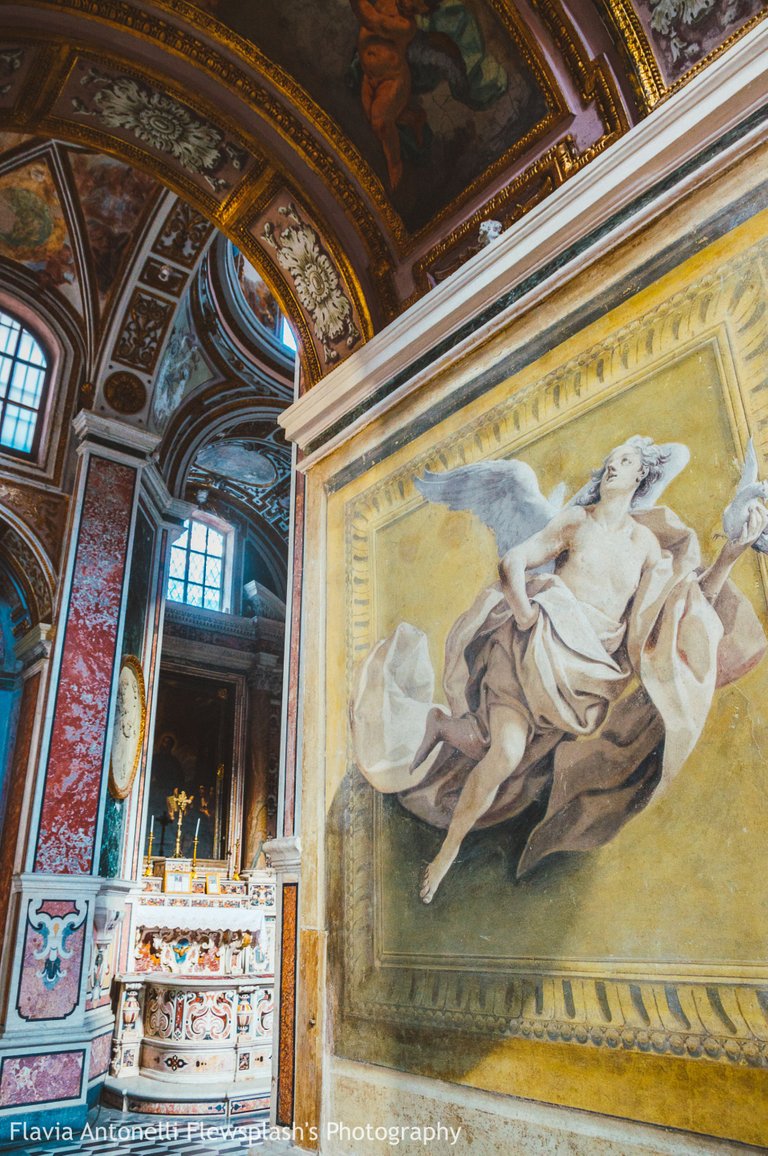
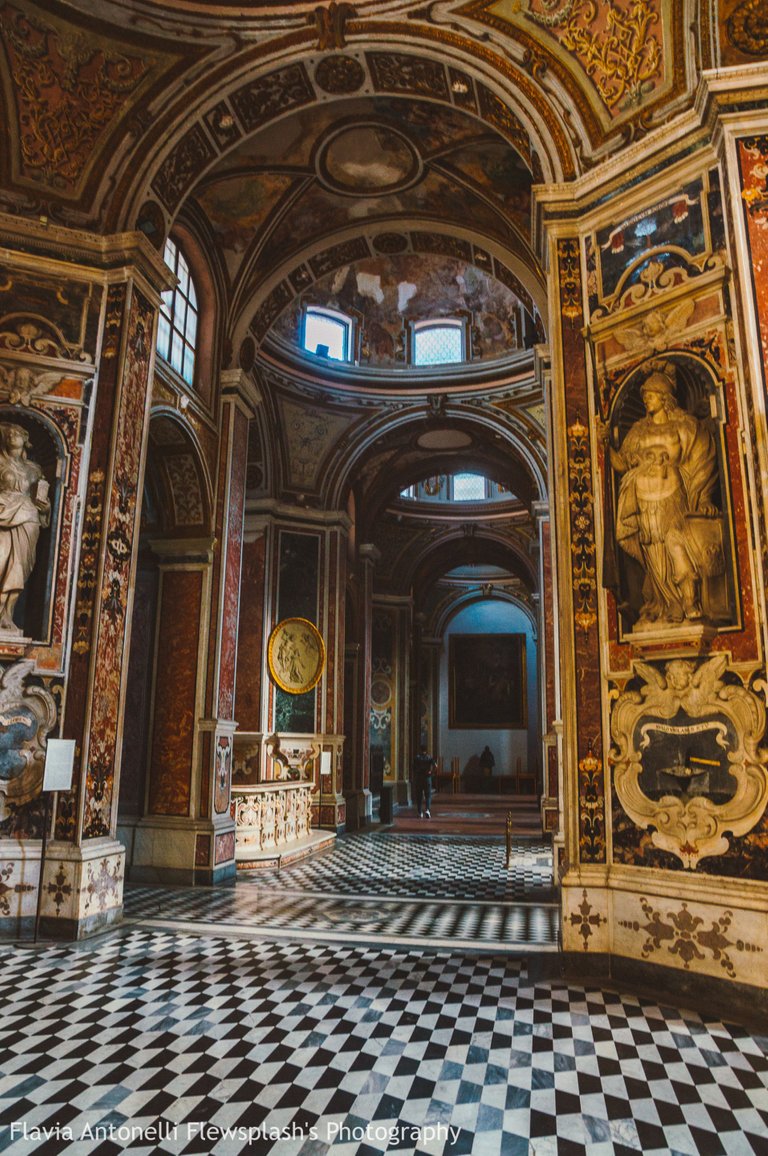


Talking about the church itself, its Baroque style is very typical of the Naples churches, however San Paolo Maggiore was originally a built upon the ruins of the Roman temple dedicated to Dioscuri, from the first century. In 1688 an earthquake made the temple façade fall down. In the XVII and XVII many important decorations and works were added to the ceiling and inside walls, both with frescoes and restore works.
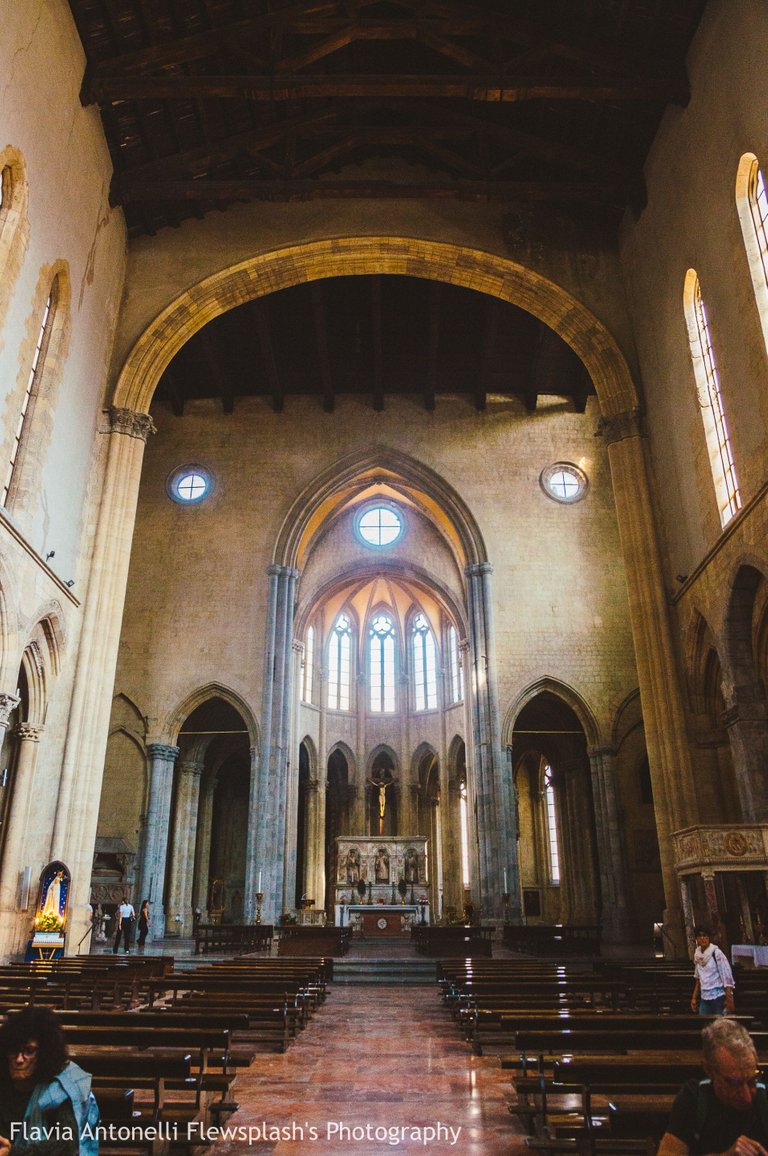
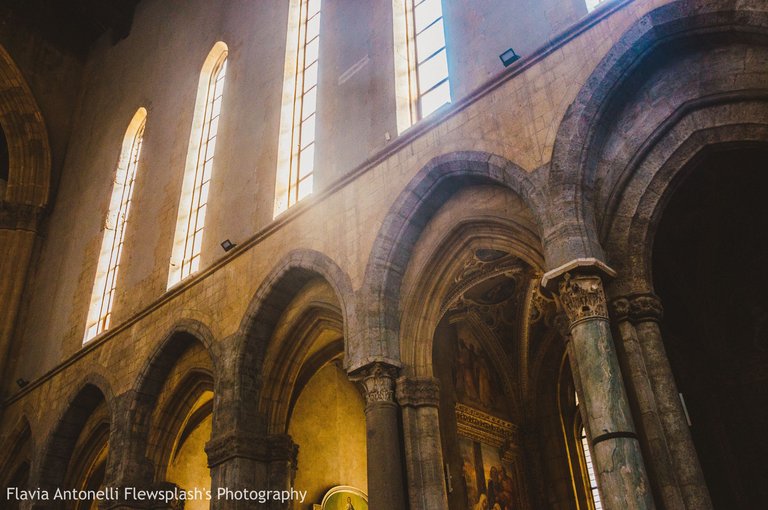
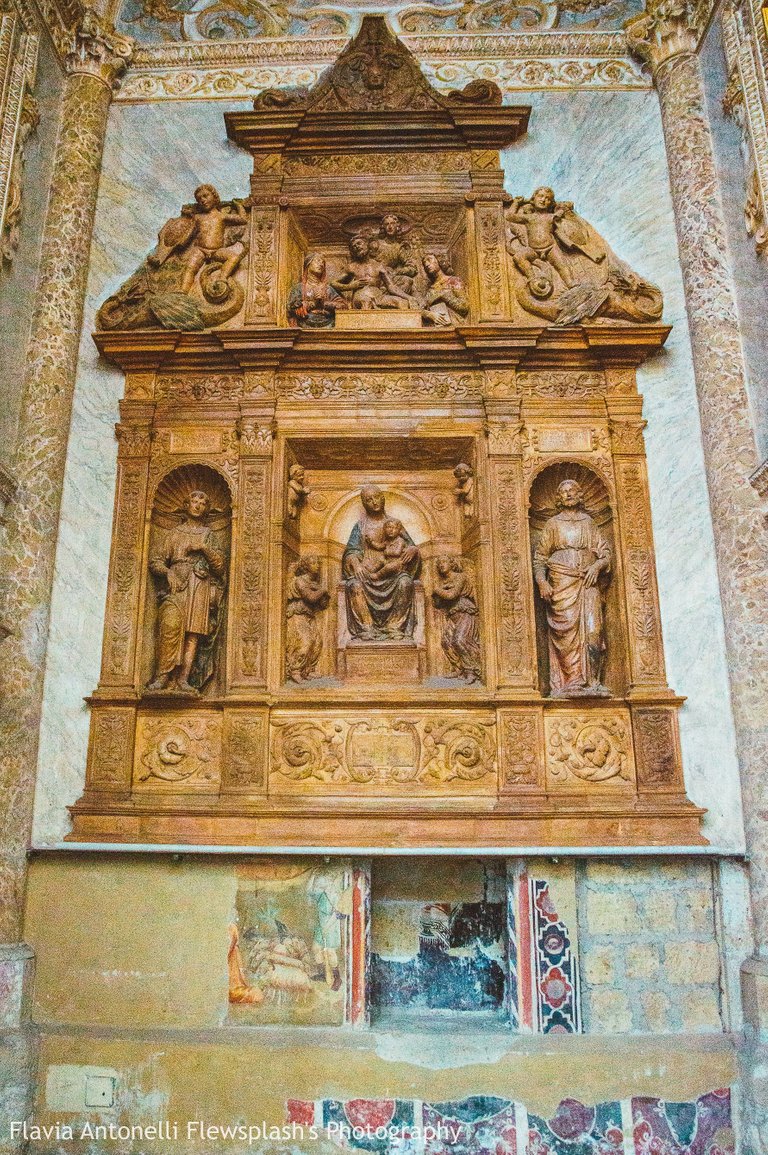

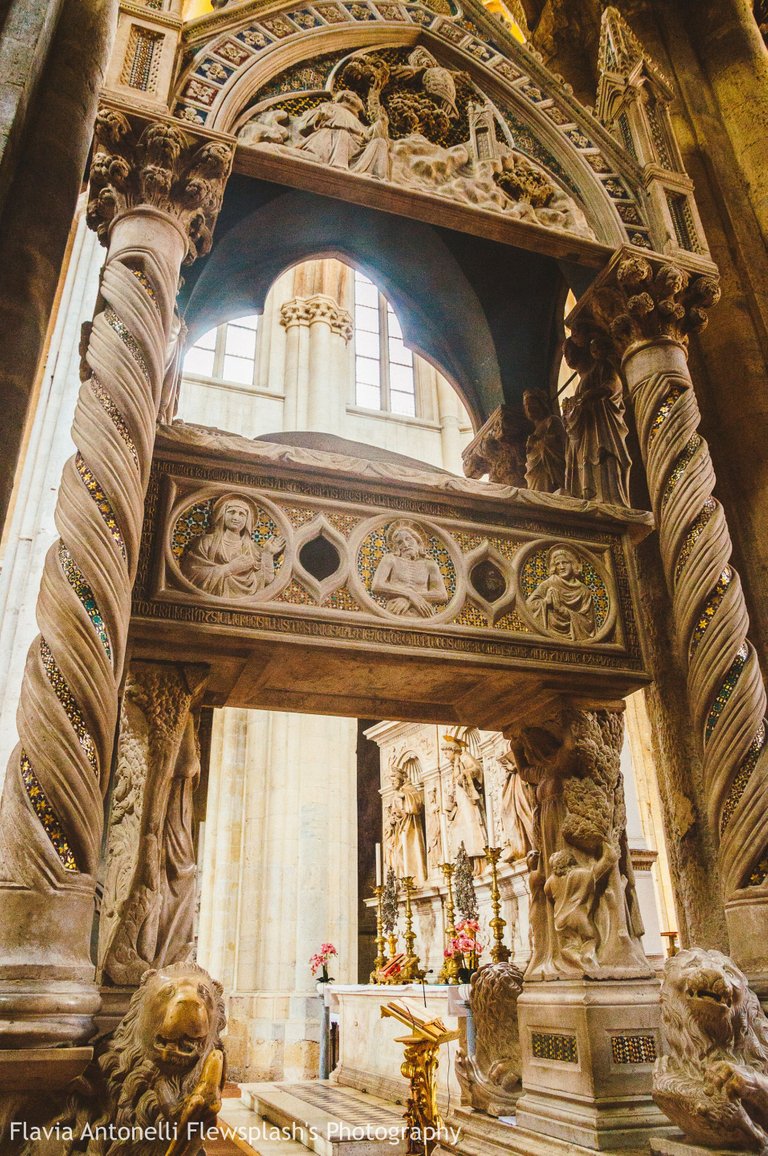
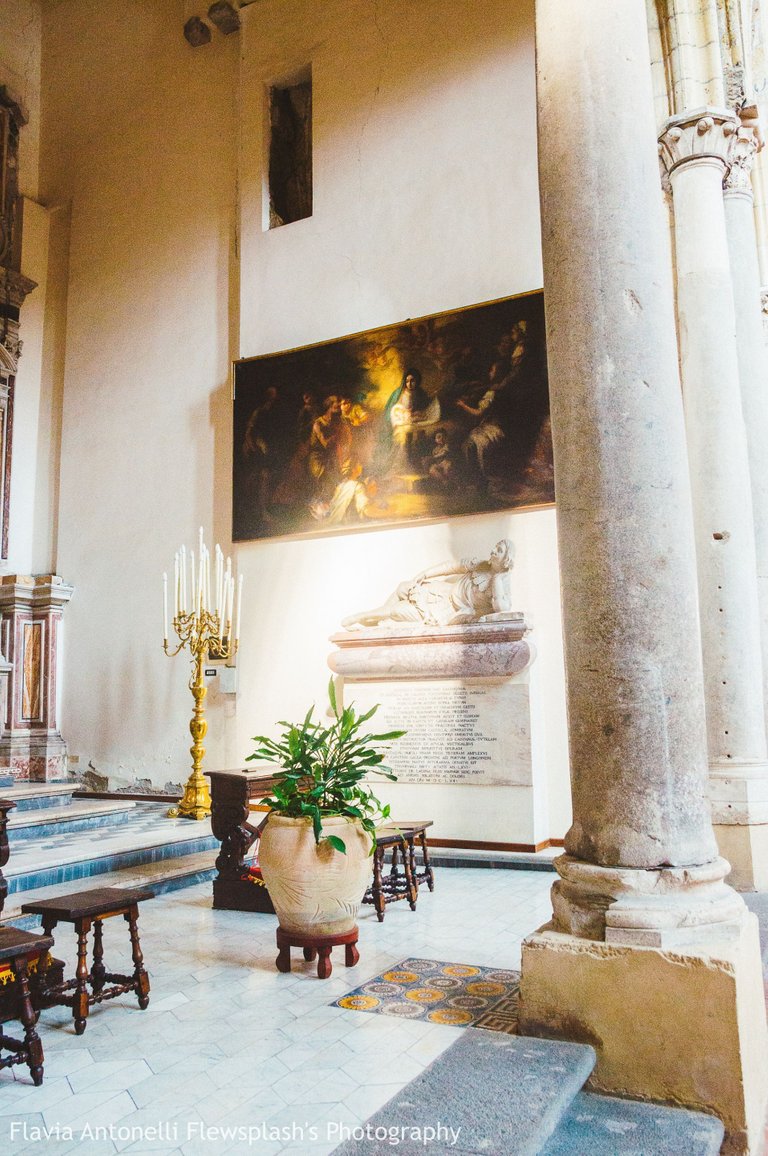
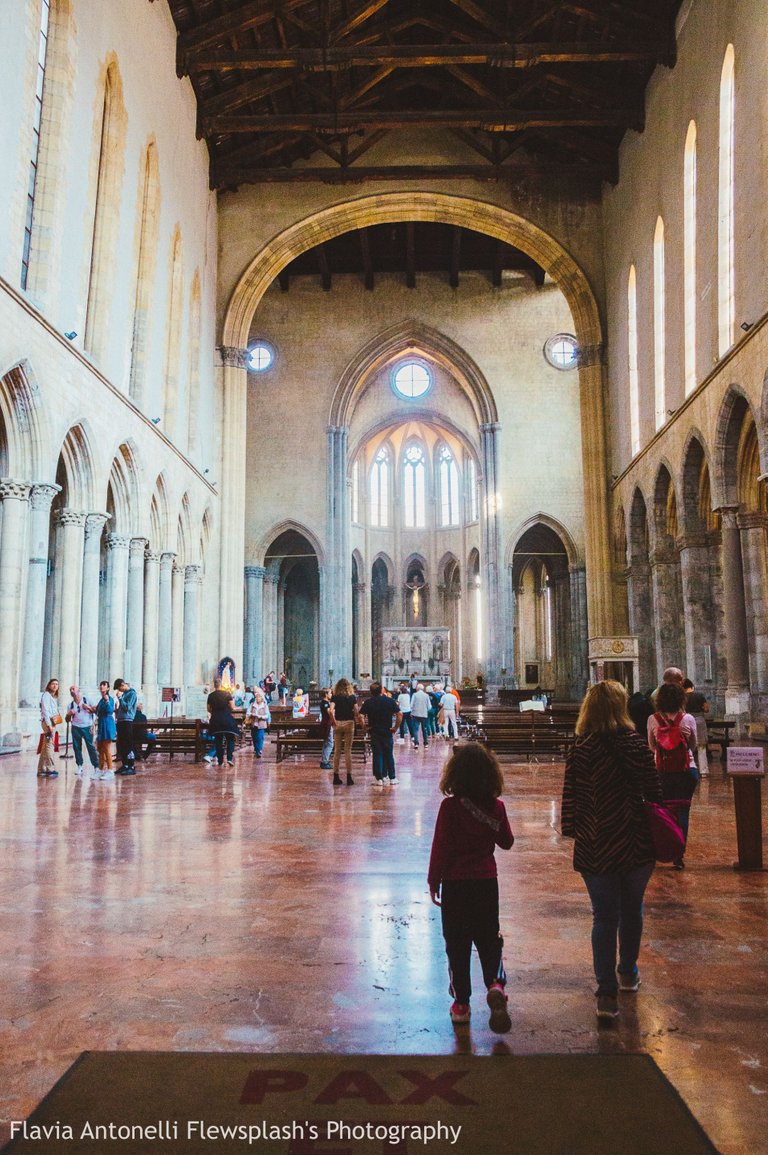
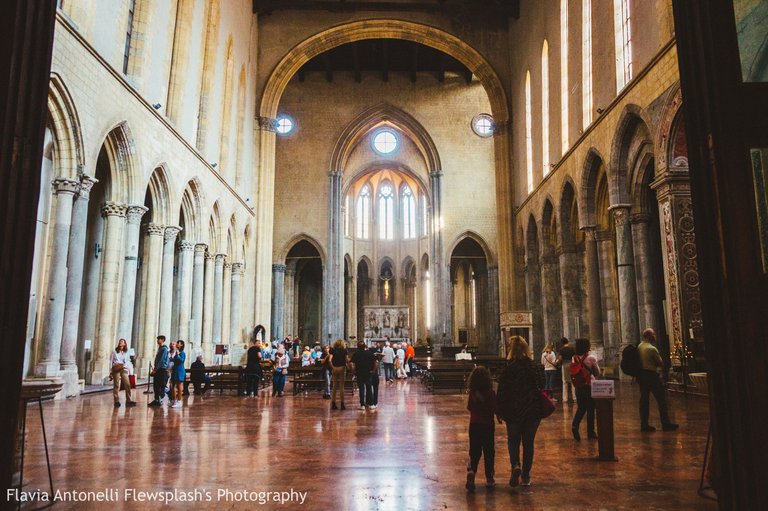
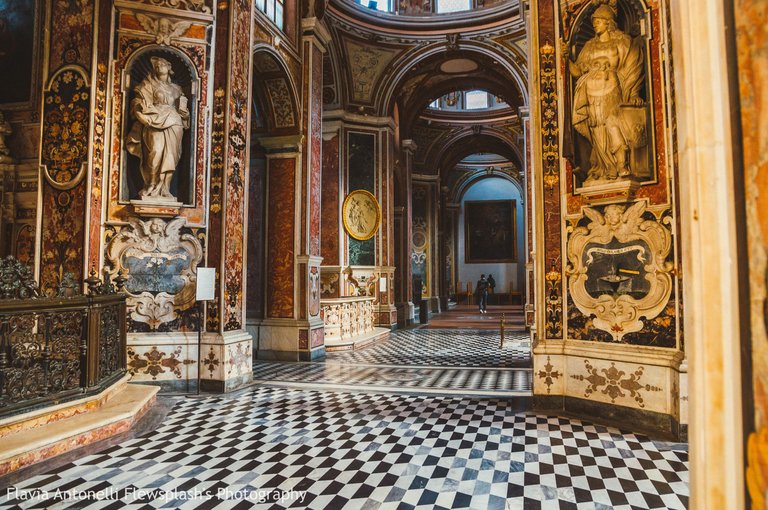
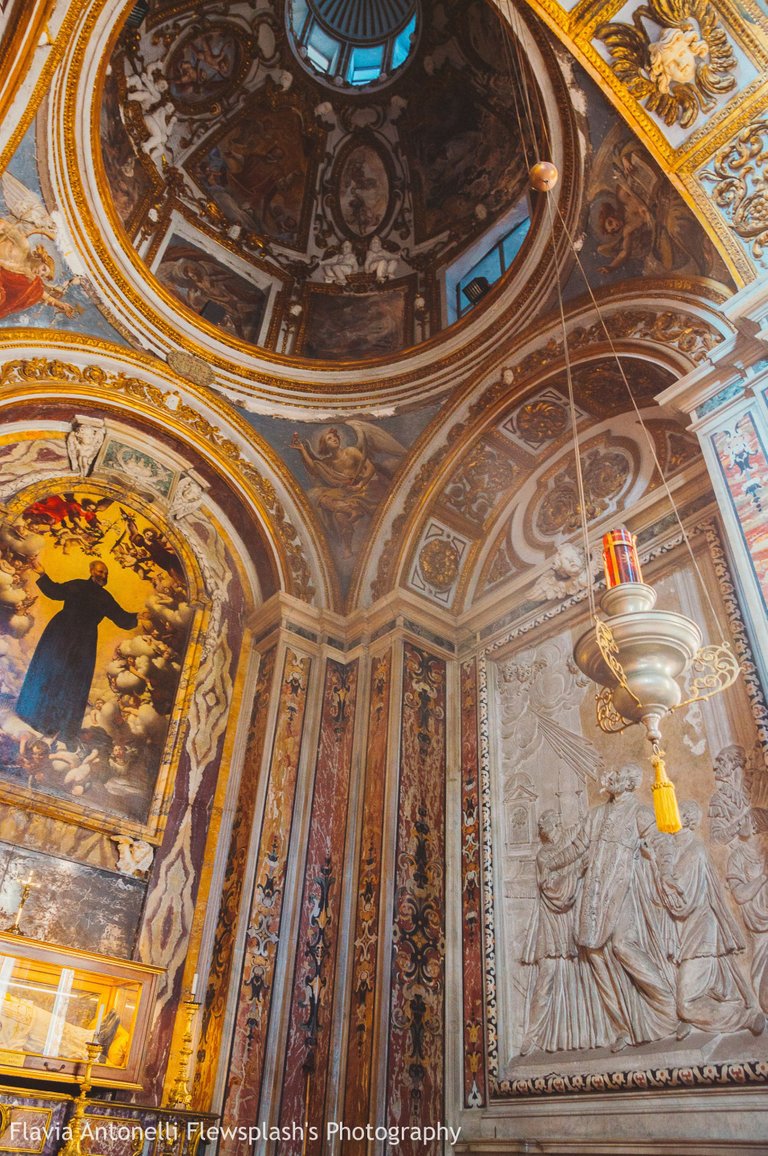







The pavement was adorned with the ruins of colored marbles found after the earthquake. Sadly enough, during the Second World War, the bombs destroy a big part of the church which therefore was restored later, in the '90s. During that restoration, other ruins from the original Roman temple were found: a cemetery and other Roman artworks.


As a matter of fact, the transept and the ceiling got almost entirely destroyed by the bombs, so what is visible now is the result of the restoration of the '90s. Generally speaking, it's always almost impossible to visit a church and being lucky enough to see what the church itself has always looked like. Not only did the church suffer from historical events, both natural or caused by human acts, but also the church gets modified by the men in power, artists, and the general taste of the different times.






If you liked this second part of my Naples experience, you want to keep stay tuned and wait for the next part to be posted! In the meantime, I really hope you enjoyed my shots and I want to thank you for spending your time reading my post. See you next!
Equipment:
- Nikon D3200
- Nikkor Lens 16-85mm
- Post-production: Lightroom, soft enhancement of colors and contrast.
All pics and words are mine. Please, feel free to leave a comment with your feedback. If you need to use one of more of the photos, please, contact me and I'll share with you the original files.
Yours | Flewsplash
ITA
Oggi mi piacerebbe continuare a condividere la mia esperienza a Napoli, che ho visitato l'ultima volta nell'ottobre 2022. Se ti sei perso il mio primo post al riguardo, ecco la prima parte di questa storia.

Diversamente da ogni aspettativa, ho passato molto tempo nelle chiese... lo so, suona strano, soprattutto se pensi al fatto che sono romana e Roma è la città più ricca in termini di chiese, contandone quasi mille! Tuttavia, da appassionata di storia dell'arte, amo visitare chiese e, in generale, templi religiosi e musei ovunque io vada.


Devi sapere che a Napoli ci sono circa 450 chiese riconosciute patrimonio dell'UNESCO, ma ce ne sono molte altre considerate minori. In centro è impossibile non entrare in una chiesa qua e là perché ce ne sono letteralmente in ogni angolo! Grandi, piccole, sorprendenti e inaspettate, ce ne sono di tutti i tipi!


Oggi condivido gli scatti che ho fatto alla Basilica di San Paolo Maggiore. Sono entrata in chiesa in modo molto casuale, senza saperne nulla. Ero così felice di aver seguito il mio istinto perché quando sono entrata, c'erano un paio di pianisti che stavano provando per un concerto che avrebbe dovuto svolgersi più tardi quella sera, in quella stessa chiesa. Ho letteralmente visitato la chiesa con le dolci note dei pianisti che suonavano come colonna sonora del mio tour. Era proprio come una magia!




Parlando della chiesa stessa, il suo stile barocco è molto tipico delle chiese napoletane, tuttavia San Paolo Maggiore fu originariamente costruita sulle rovine del tempio romano dedicato ai Dioscuri, nel I secolo. Nel 1688 un terremoto fece crollare la facciata del tempio. Nel XVII e XVII secolo furono aggiunte importanti decorazioni e lavori al soffitto e alle pareti interne, sia con affreschi che restauri.












Il pavimento era ornato dai resti di marmi colorati rinvenuti dopo il terremoto. Purtroppo, durante la seconda guerra mondiale, le bombe distrussero gran parte della chiesa che fu quindi restaurata successivamente, negli anni '90. Durante quel restauro furono rinvenute altre rovine dell'originario tempio romano: un cimitero e altre opere d'arte romane.


Di fatto, il transetto e il soffitto sono stati quasi interamente distrutti dai bombardamenti, quindi ciò che è visibile ora è il risultato del restauro degli anni '90. In generale, è sempre quasi impossibile visitare una chiesa e avere la fortuna di vedere com'è sempre stata la chiesa stessa. Non solo la chiesa ha subito gli eventi storici, sia naturali che causati da atti umani, ma anche la chiesa stessa viene modificata dagli uomini al potere e dagli artisti che ci passano, nonché dal gusto generale dei diversi periodi storici in cui la chiesa sopravvive nel tempo.






Se ti è piaciuta questa seconda parte della mia esperienza napoletana, continua a seguirmi e attendi l'uscita della terza parte di questa mia gita a Napoli! Nel frattempo, spero davvero che i miei scatti ti siano piaciuti e voglio ringraziarti per aver speso il tuo tempo a leggere il mio post. Alla prossima!
Equipment:
- Nikon D3200
- Nikkor Lente 16-85mm
- Post-produzione: Lightroom, esaltazione morbida di colori e contrasto
Tutte le foto e le parole sono mie. Per favore, sentitevi liberi di lasciare un commento con un vostro feedback. Se avete bisogno di utilizzare una o più foto, contattatemi e condividerò con voi i file originali.
Yours | Flewsplash
0
0
0.000
Naples is simply beautiful!
!discovery 20
Yeah I just love it so much!!
@delilhavores thank you 🤗
Congratulations @flewsplash! You have completed the following achievement on the Hive blockchain And have been rewarded with New badge(s)
Your next target is to reach 36000 upvotes.
You can view your badges on your board and compare yourself to others in the Ranking
If you no longer want to receive notifications, reply to this comment with the word
STOPTo support your work, I also upvoted your post!
Check out our last posts:
Support the HiveBuzz project. Vote for our proposal!